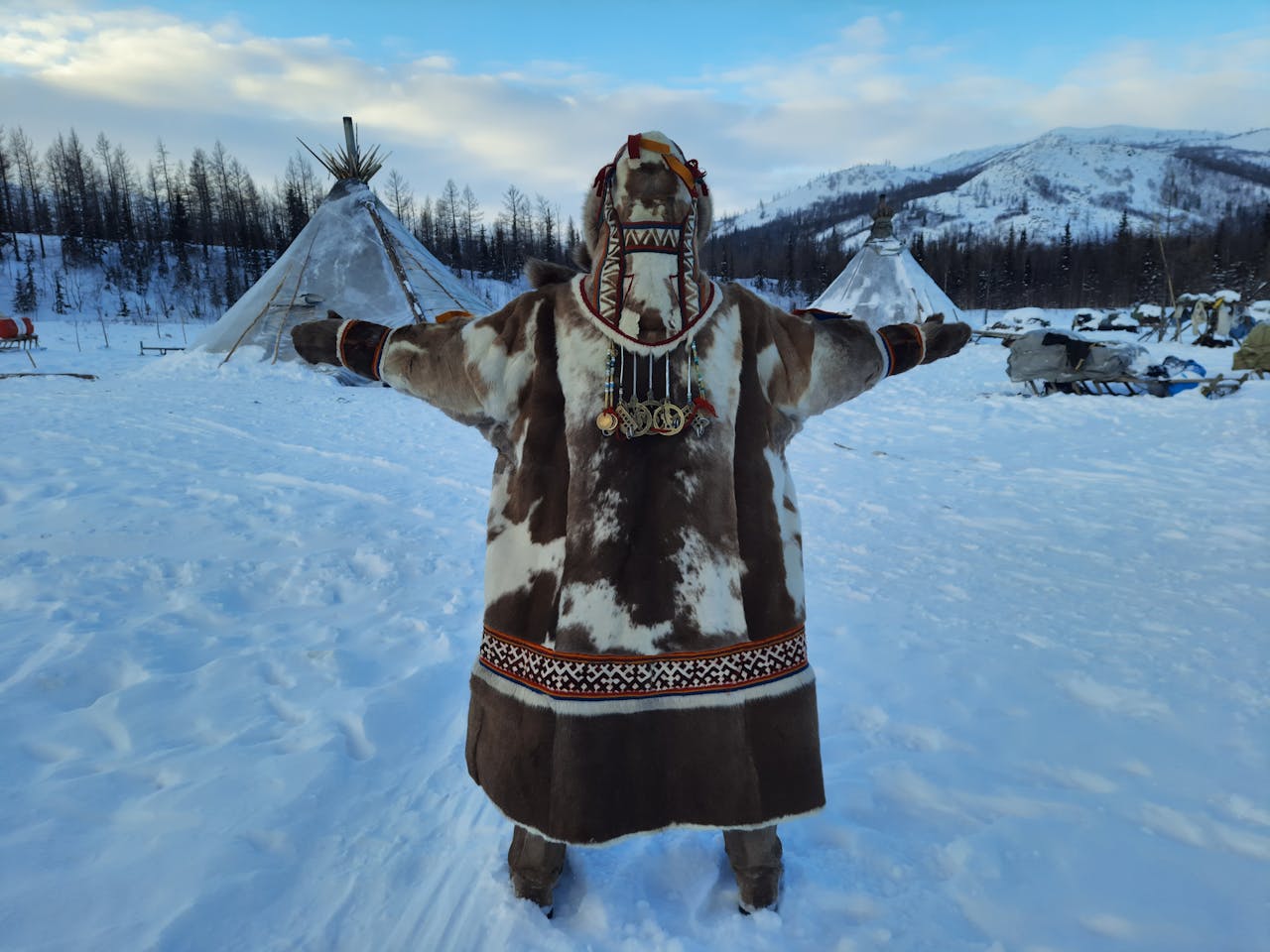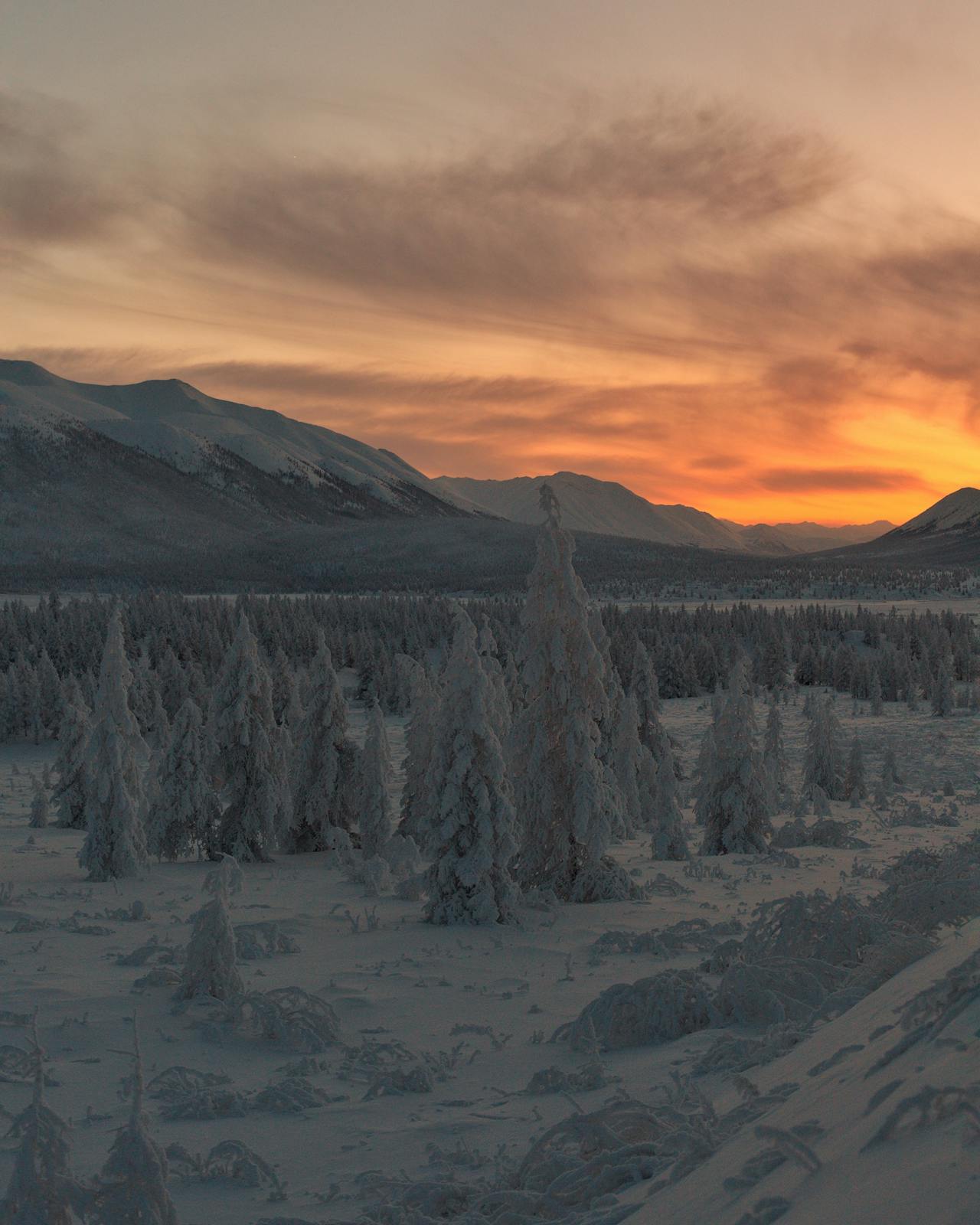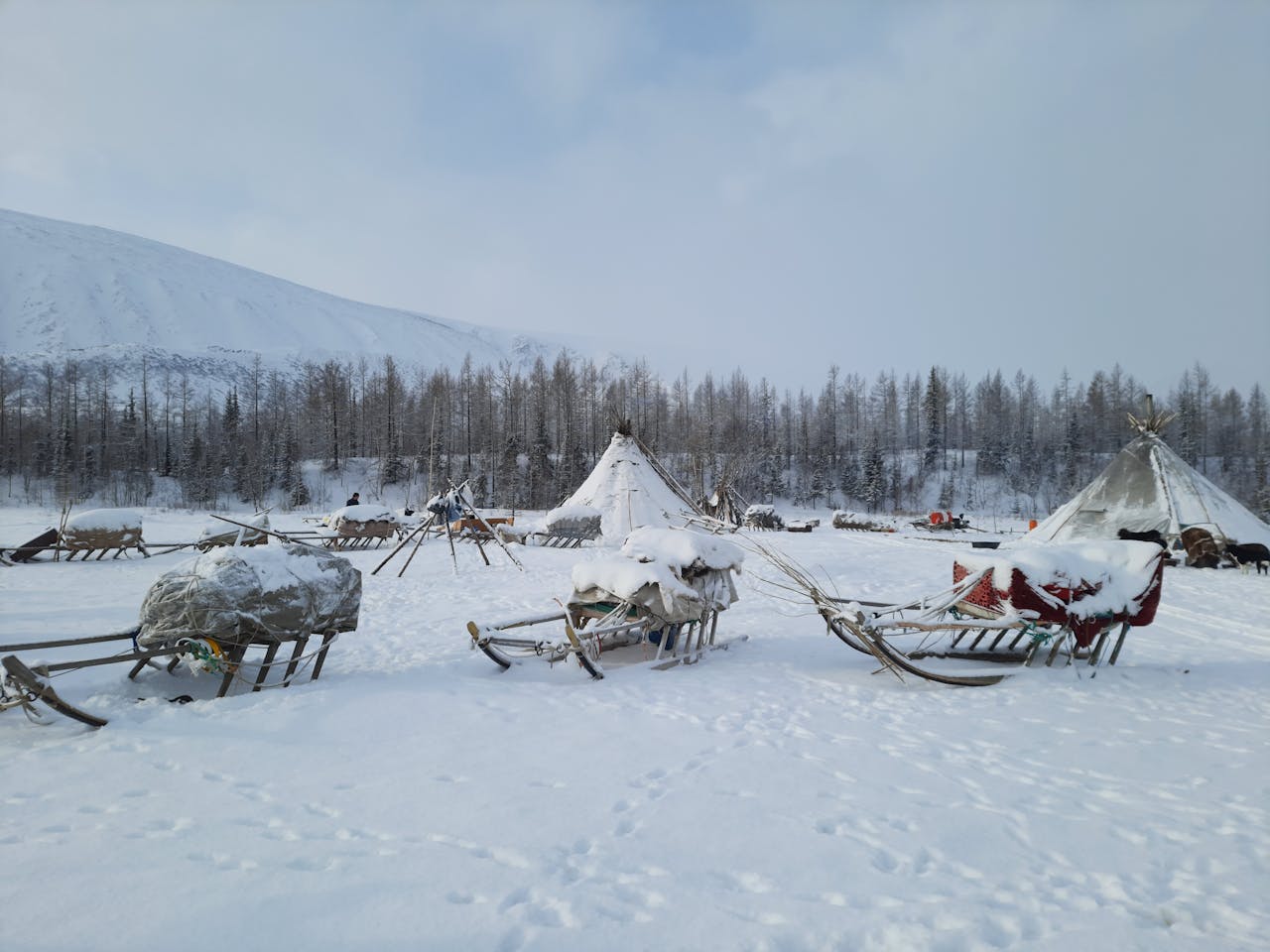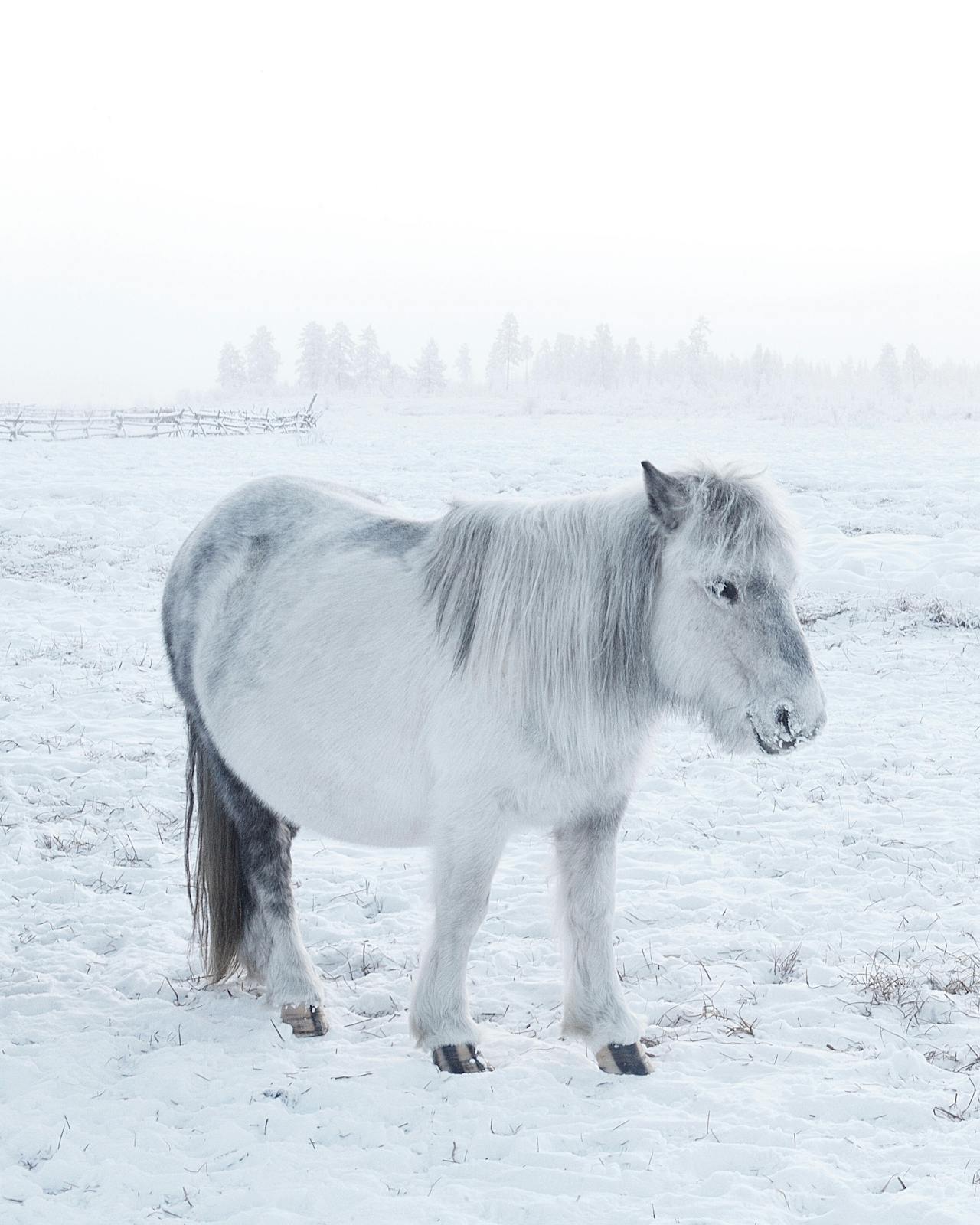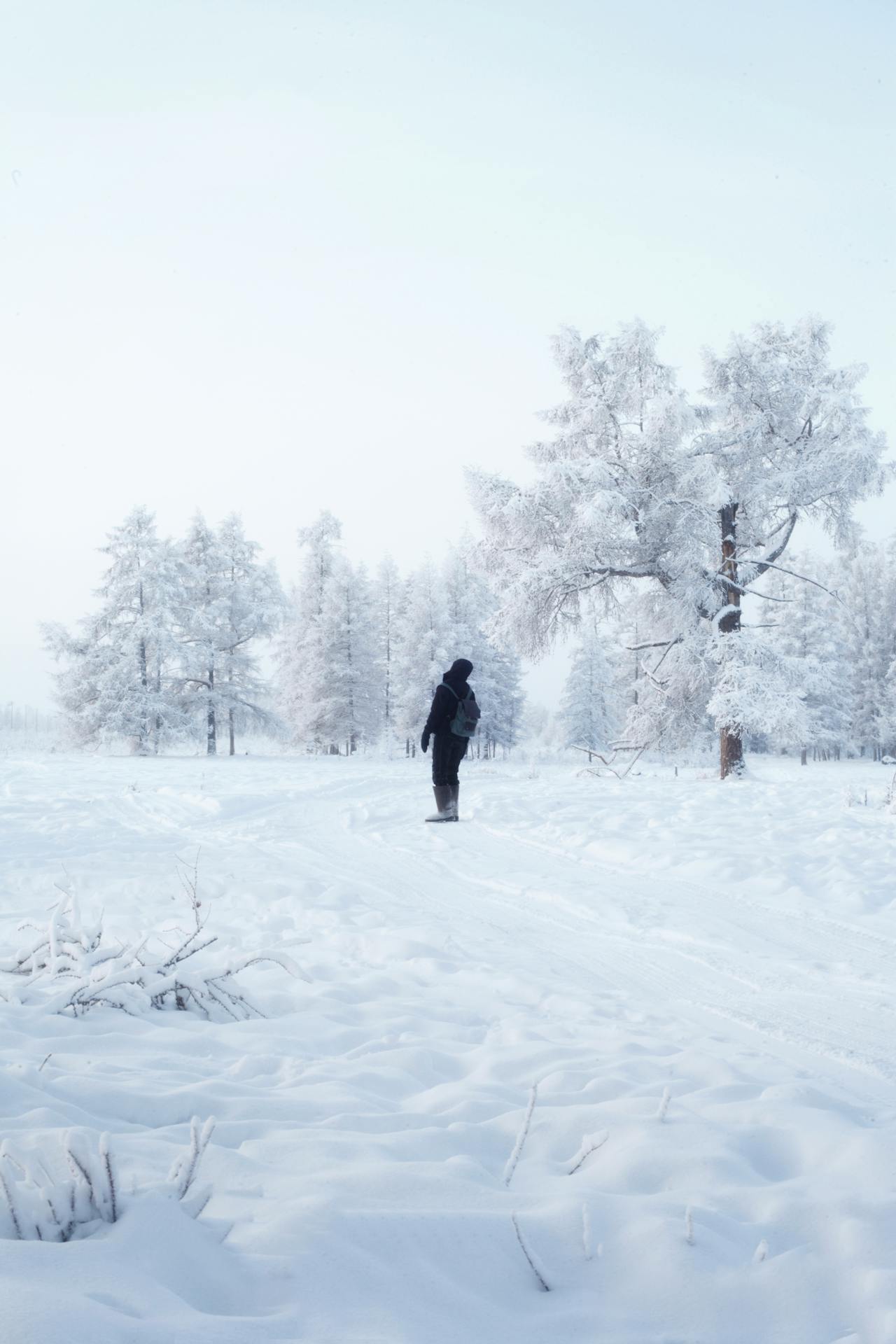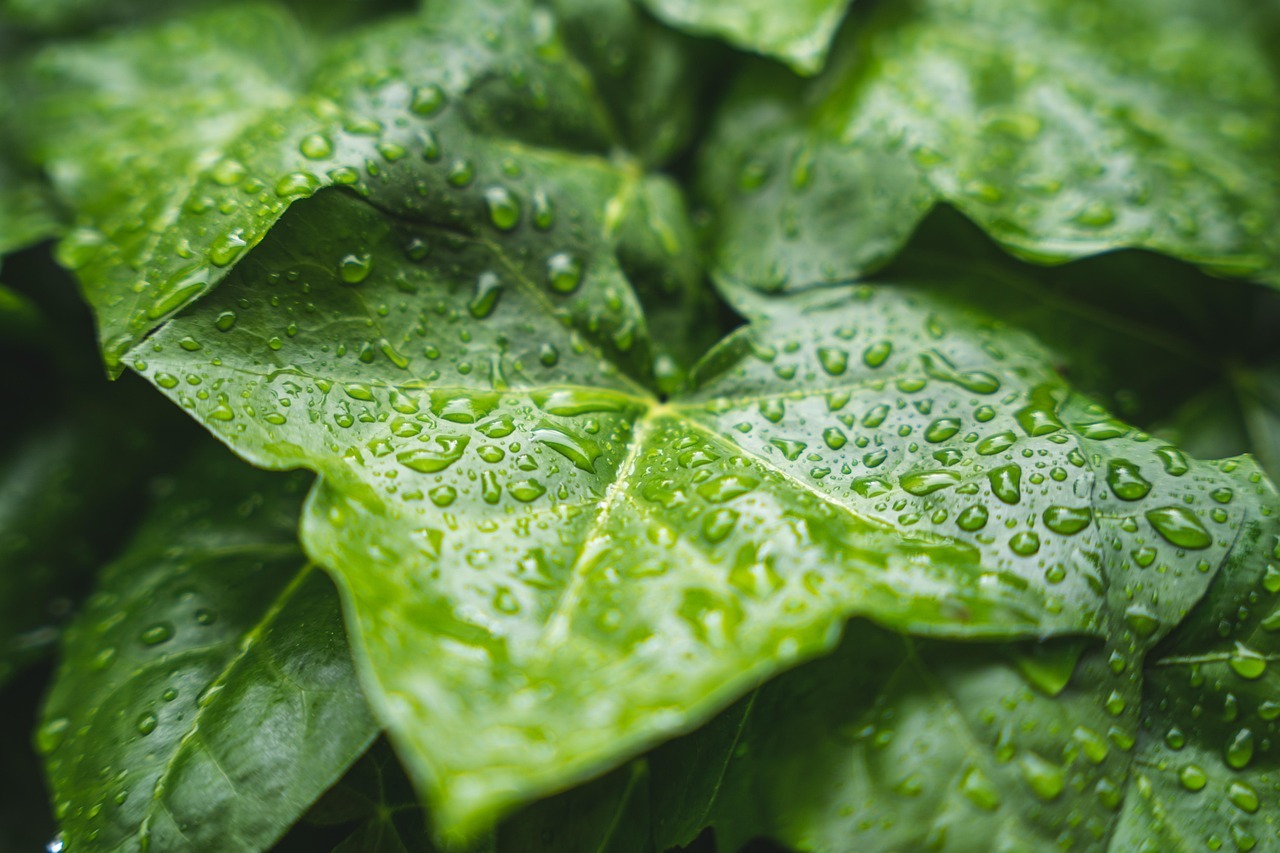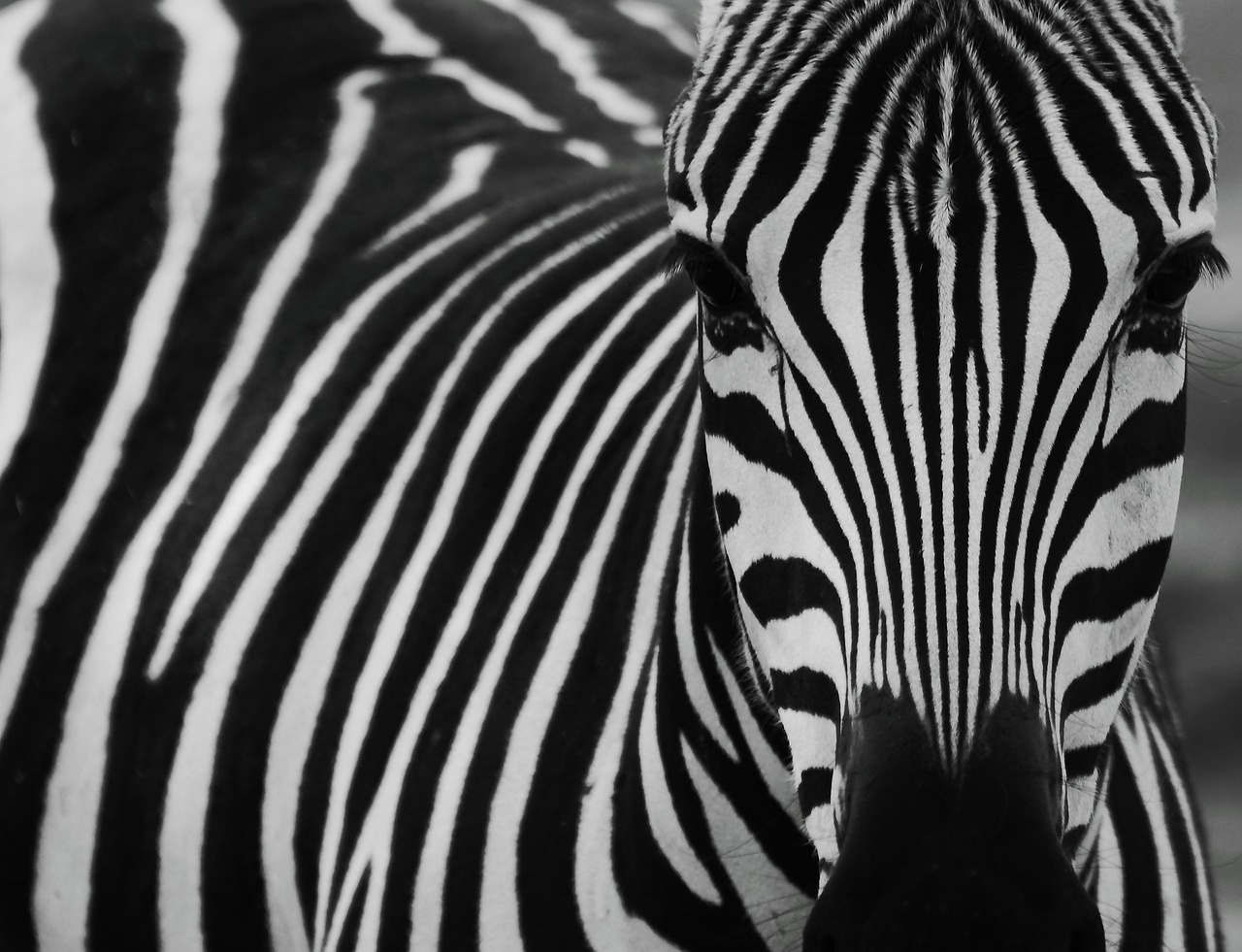Ah, there’s something wonderfully contradictory about places defined by their extremes. It’s like they have a siren song, tempting us with their bone-chilling challenges but bestowing upon us the most extraordinary insights. One spot that captures my imagination is the coldest place on Earth where, would you believe it, people have decided to live all year long. It’s not just a pit stop or a science escapade—it’s home. So, if you’ve got your fuzzy blanket handy, come along with me on this cold, snowy voyage to a place that truly tests the limits of human endurance and spirit.
Picture this: a vast, untouched white wilderness stretching as far as the eye can see, only broken by the peculiar hush of the snow, occasionally disrupted by the crunch beneath boots or the soft wailing of the wind. Welcome to Oymyakon, a small village nestled in the Sakha Republic of Russia, which proudly claims the title as the coldest inhabited place on this Earth. Living here isn’t for the faint-hearted. Winter temperatures average a face-numbing minus 58 degrees Fahrenheit. Yep, let that sink in for a second.
The Journey Begins
Dear reader, try to imagine the mix of dread and bravery faced by these hardy folk! As we venture deeper into understanding Oymyakon’s icy hug, you might find yourself asking, why? How? Seriously, why?! What drives someone to settle down when the frost seems determined to freeze your every step? Ah, it’s a cocktail of creativity, stubbornness, and culture.
I can practically hear the conversations with longtime villagers. “What’s the trick?” I’d probably ask, hoping for some divine revelation. But they’d just smile, maybe chuckle, and say it’s just the way of life. Hard to grasp? Absolutely. But beneath their furs and thick coats, there’s a warmth you can’t help but admire.
Adapting to the Freeze
Living in Oymyakon requires more than just slipping on a pair of gloves before heading out. Everything about life here bends to the cold’s whims. The ground is a block of permanent frost, nixing any thoughts of traditional farming. So, it’s meat and fish on the menu—foods high in protein and fat that not only stick to your ribs but keep you powered up and warm for those necessary daily battles against the cold.
Fishing? Now, that’s a whole different ball game. It’s a masterclass in patience and perseverance, cutting through thick ice to reach the water below. It’s a stark reminder that essentials don’t wait for nature’s permission.
The Culture of Cold
In this place, winter is more than just survival; it’s absolutely a way of life. The community’s heart beats with tales and timeless knowledge handed down about braving the seemingly intolerable. It’s not just the hot coals and wood warming the huts, but the sense of togetherness too. Picture families gathered around flickering fires, their cheeks glowing, swapping stories from days gone by. The warmth of their voices seems to push back the icy fingers clawing at the door.
The Land of Extremes
Nature doesn’t just mumble in Oymyakon; she yells. Winters are cloaked in darkness, with sunlight playing hard to get. But when summer rolls in, oh, it does so with a vengeance. The sun hangs around, refusing to set, providing a brief rest from the cold, even if the warmest days feel chilly to most of us.
There’s a raw, captivating beauty in the harsh landscapes. Envision vast expanses of snow-laden taiga forests morphing into what feels like an eternal solitude. Frost-draped branches sparkle like diamonds gifted from the heavens. It’s like walking into an alien otherworld, each breath turning into misty ghosts hanging in the frigid air.
Resilience Embodied
When I ponder the resilience of Oymyakon’s inhabitants, I’m filled with admiration and disbelief. It’s not just the harsh terrain; it’s the grit needed to handle the daily grind. Machines don’t always get along with the cold. Motors need constant tending, lest they freeze solid. Yet, they take it all in stride.
Their schools only close if it drops below a mind-bending minus 67.8 degrees Fahrenheit. How is that even conceivable? But it speaks volumes about their unyielding spirit—a quiet, enduring awe like the clear sky after a fresh snowfall.
Amidst all the quirks, there’s this comforting sense of community and shared existence that could probably thaw the iciest of hearts. Whether it’s trading goods, shoveling snow off rooftops together, or simply chuckling over a hot cup of tea, it’s clear that where Mother Nature demands everything, the human spirit somehow triumphs.
Personal Reflections
Sitting cozy in whatever warm nook I call home, I find myself fascinated and a little humbled by life in the coldest place humans continuously inhabit. It’s a mix of astonishment and deep admiration. Just reading about it sends shivers down my spine. For us, who enjoy the luxury of mild temperatures and central heating, wrapping our heads around the sheer fortitude it takes to thrive there is a tall order.
Spending mere weeks in such harsh conditions would probably be a humbling slap in the face, a crash course in adaptable living dictated solely by icy whims. And perhaps, amidst all that, a newfound appreciation for warmth and tight-knit community, something that transcends any weather or temperature.
Sure, the bells and whistles of modern city life are few and far between. But knowing that places exist where life dances to the rhythm of the skies rather than clocks is oddly freeing. Here, those brave enough to call it home have adapted in body and soul to outlast the biting chill and crafted an unmatched sense of pride in conquering such an imposing world.
So, in wrapping this up, Oymyakon isn’t only the coldest place on Earth with people—it’s brimming with warmth, just in the most unexpected forms. Nestled within all that freezing vastness are stories of survival, unyielding endurance, and unity amid the expansive wild—a testament to humanity’s knack for making any place home, even at the coldest edge. It’s a blend of cold gusts and resilient spirits. Isn’t it amazing how some manage to settle in the most unlikely havens?

